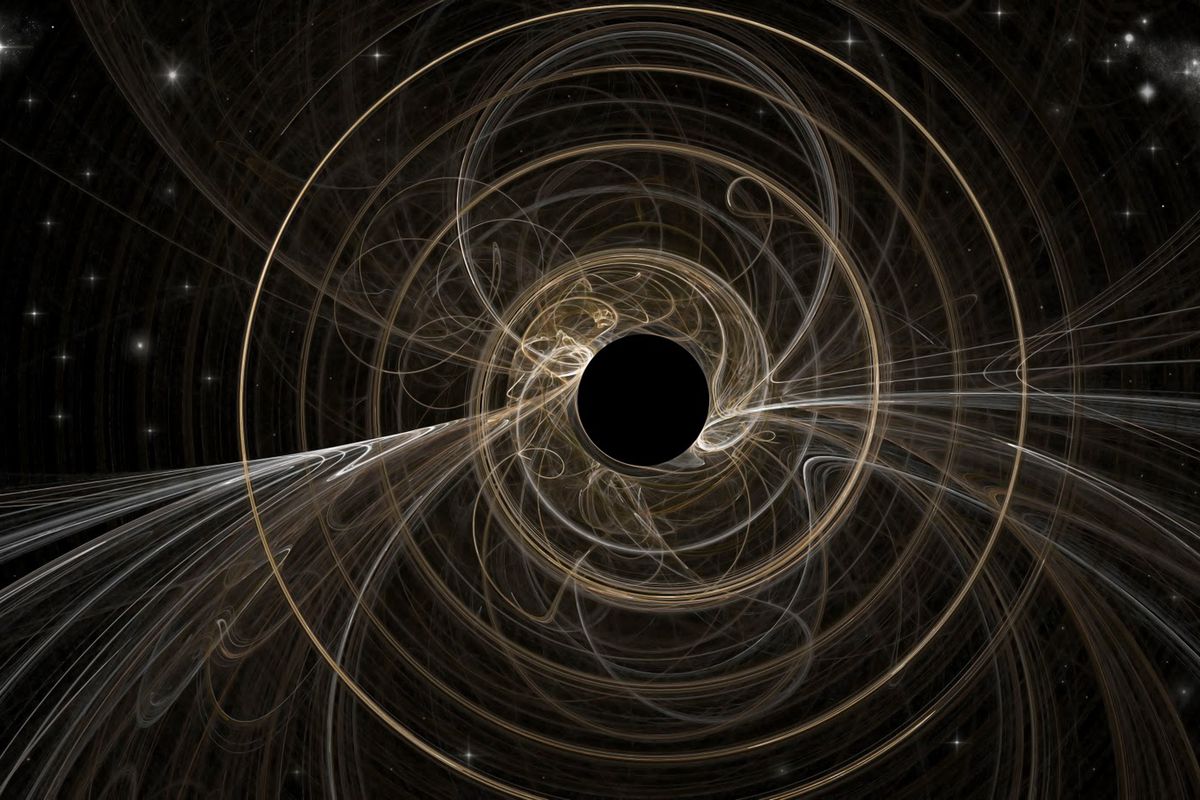Researchers have built a new model of how “Hawking radiation” is born near black holes. It confirmed the assumption that these exotic objects evaporated over time. However, this is not only due to the presence of an event horizon.

How the “Hawking radiation” arises
Three researchers from Radboud University recently published a study in which they took a new look at the “Hawking radiation“. Once an outstanding British physicist suggested that although it was believed that a black hole was a body whose surface, due to strong gravity, could not even leave light, there was a mechanism that allowed radiation to occur near them.
He suggested that near the event horizon, i.e. the surface that nothing could leave, pairs of particles and antiparticles were born from outside the black hole all the time. This is due to fluctuations in the quantum field. However, in most cases this does not change anything, because these pairs immediately annihilate, or fall into a black hole.
But from time to time, only one particle from the pair falls back into the event horizon. And the second one flies away. This is how what is called “Hawking radiation” is formed. And since even a black hole cannot violate the laws of conservation of matter, this leads to the fact that its mass decreases and over time it can completely evaporate.
Hawking was right, but…
In a new study, scientists have combined the methods of astronomy, physics and mathematics to build a model of what happens around black holes. They found that Hawking was right, the radiation named after him really existed and contributed to the “evaporation” of black holes.
But scientists have also made an important point. In their opinion, “evaporation” occurs not only directly next to the event horizon, but also at a certain distance from it. In their opinion, a strong curvature of space-time plays a decisive role in it. Under these conditions, tidal forces begin to work.
According to scientists, this is enough to separate pairs of particles born in a vacuum. That is, the event horizon is not needed for the occurrence of Hawking radiation. This means that it should also occur near other objects, such as neutron stars and white dwarfs. Over time, they can also evaporate.
According to phys.org
Follow us on Twitter to get the most interesting space news in time
https://twitter.com/ust_magazine
